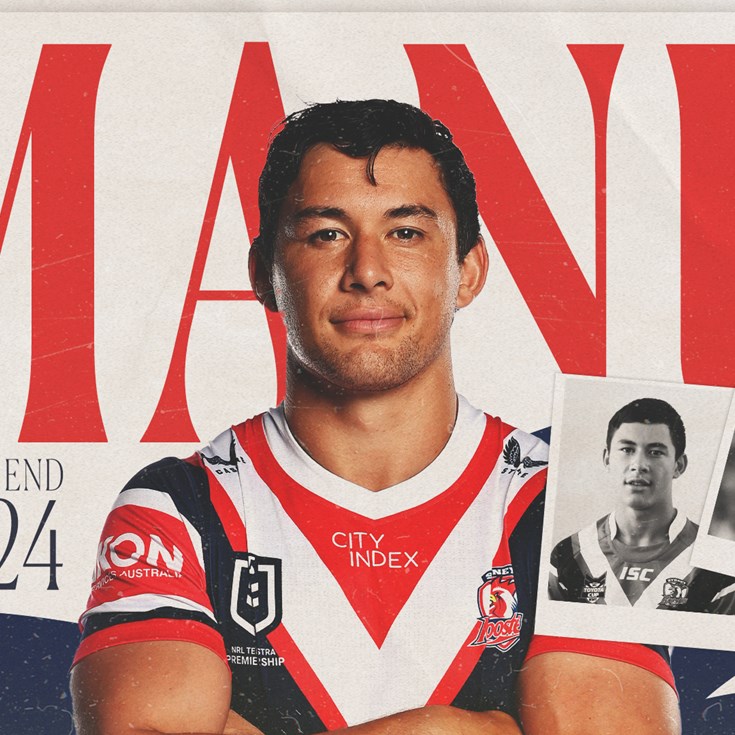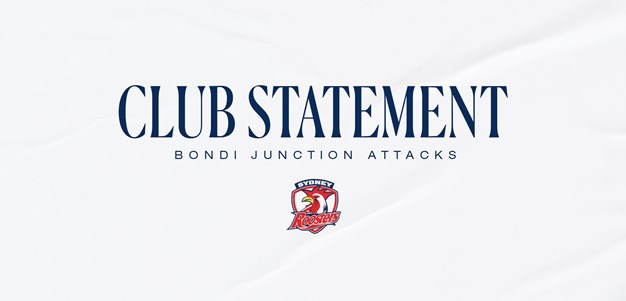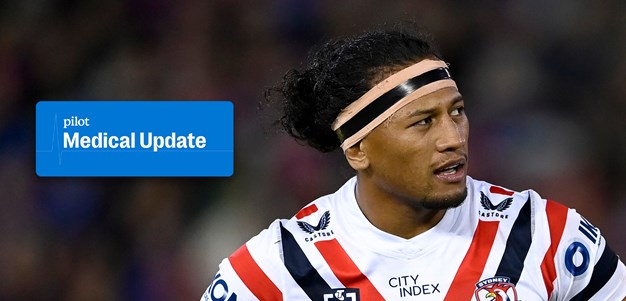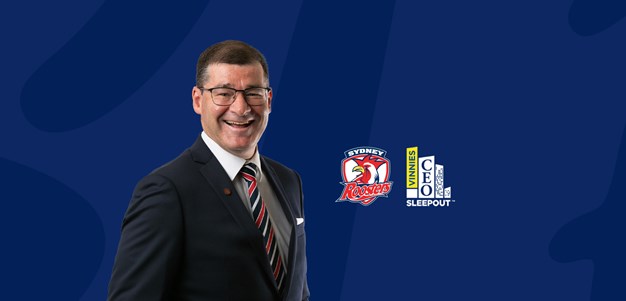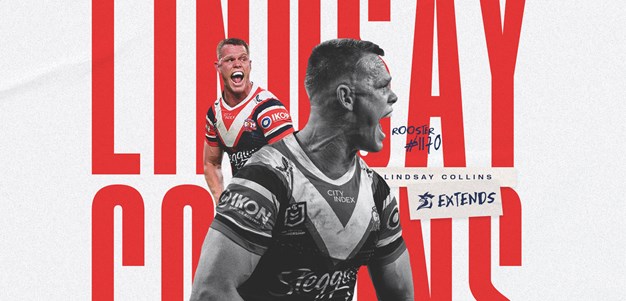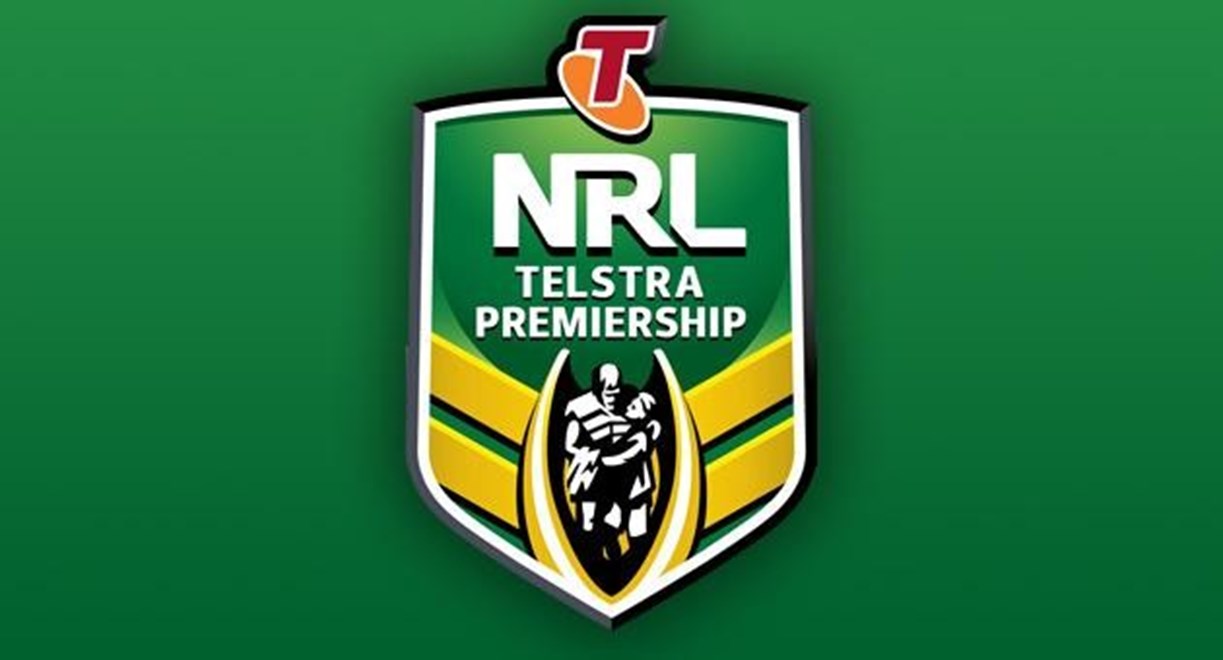

The NRL today announced changes to the 2014 Salary Cap to help clubs which suffer heavy injury tolls during the season.
A fair and transparent appeals process will also be put in place this year to adjudicate on contested decisions relating to the salary cap.
The ARL Commission has approved the changes, which will come into force for the 2014 season, following recommendations by the Salary Cap Review.
The “second tier” salary cap will be increased from $375,000 to $440,000.
This means the second tier will now rise proportionately with the increases in the Top 25 for the life of the CBA.
NRL Chief Operating Officer Jim Doyle said this will give clubs more flexibility to bring in players outside their top roster to overcome losses through injury, form or terminations.
He said several clubs were prevented from using promising young players towards the end of last year’s premiership because of the second tier cap.
“That was never the aim of the second tier cap,” he said.
“It is there to ensure clubs do not spend more than they can afford to remain competitive.
“We believe that raising the cap to $440,000 is appropriate – it protects the clubs but gives them more flexibility if they lose players during the season.
“The clubs should now have the capacity to manage their second tier.”
Mr Doyle said an independent salary cap arbitrator would also be appointed to resolve any disputes relating to rulings from the Salary Cap Auditor.
He said a permanent oversight panel, comprising senior NRL executives, would also be established to continually review the way the salary cap is operating.
The changes have the approval of the Rugby League Players Association.
Further recommendations from the Salary Cap Review, relating to reforms for 2015 and beyond, will be considered by the Commission next month.
